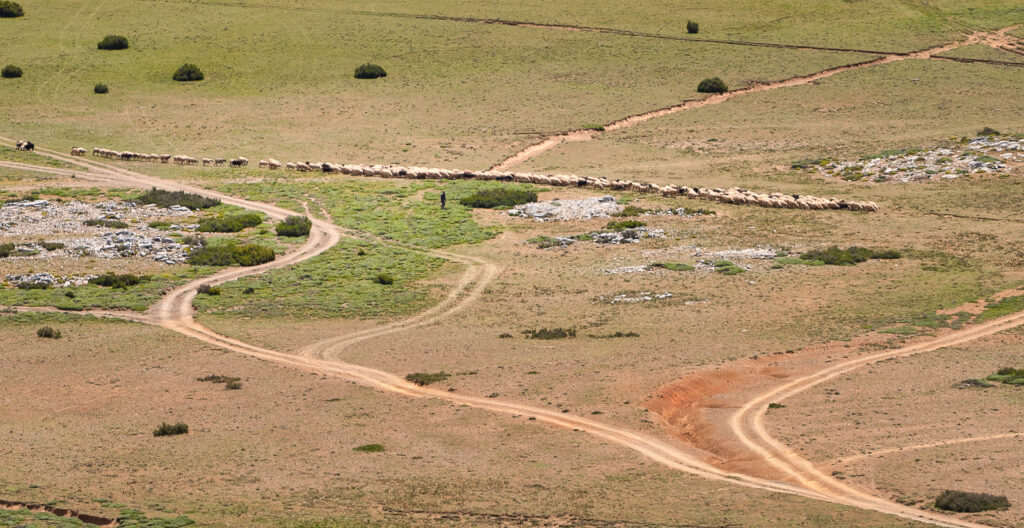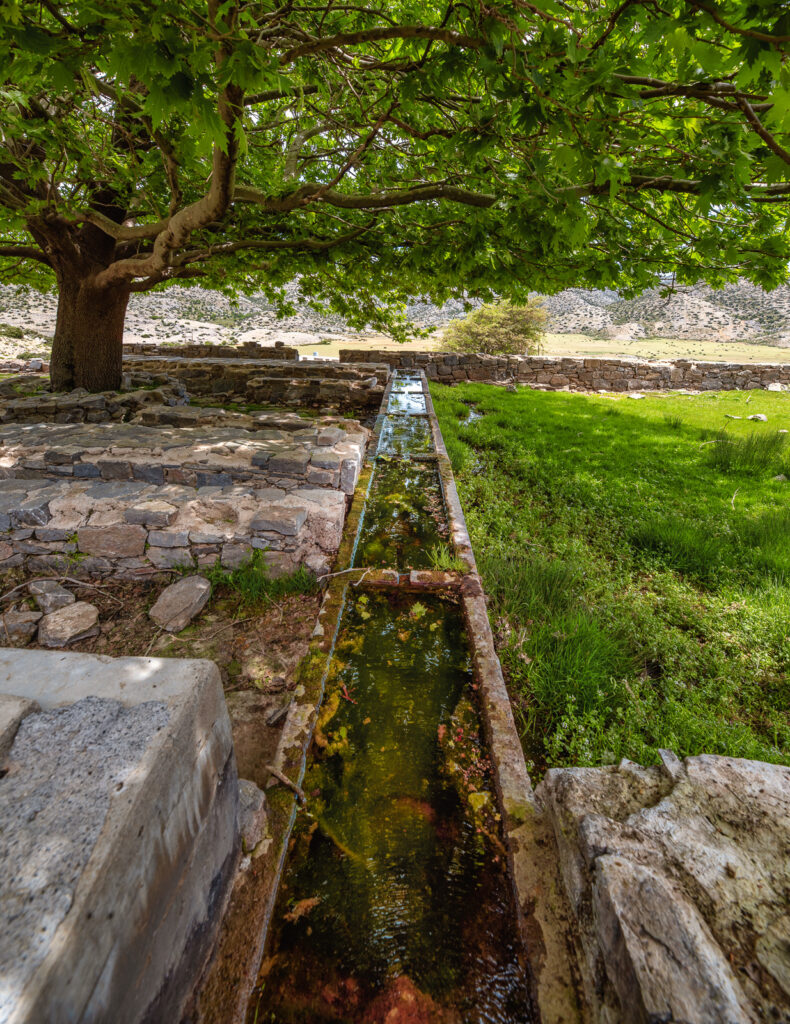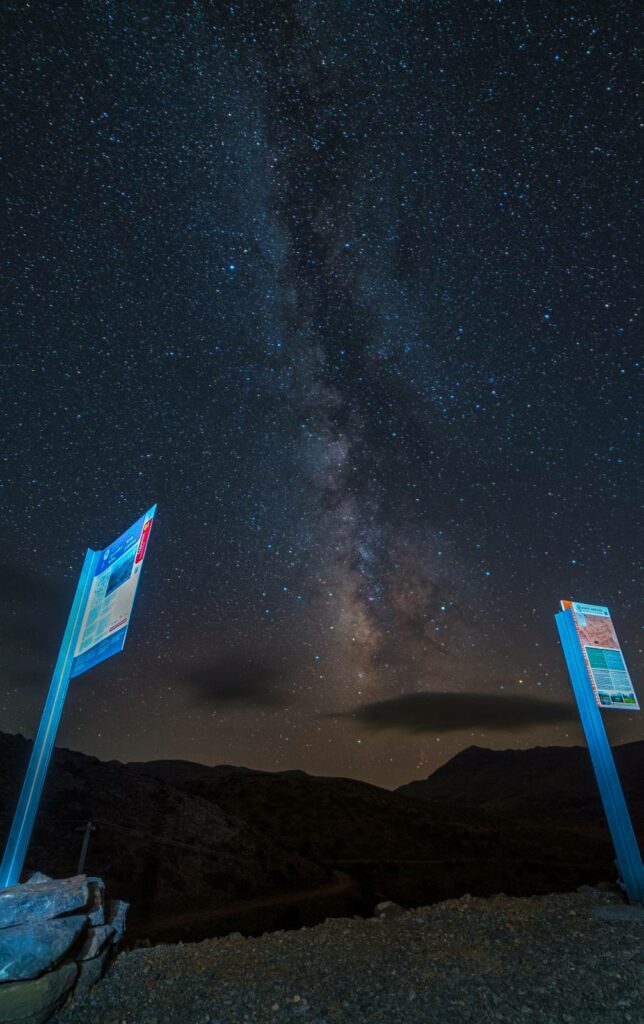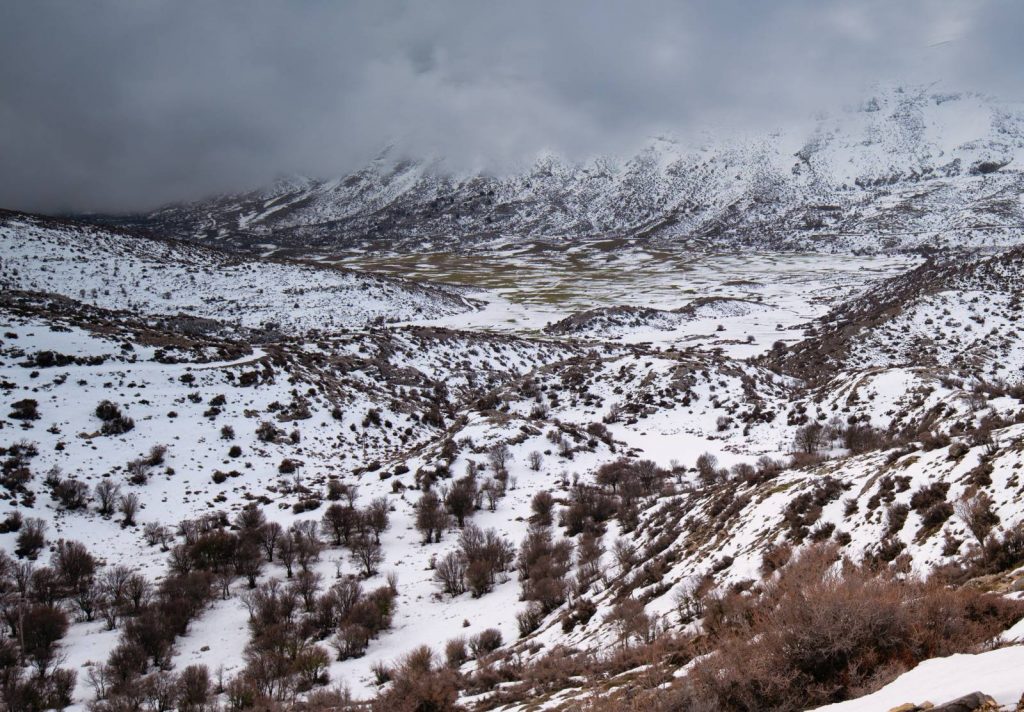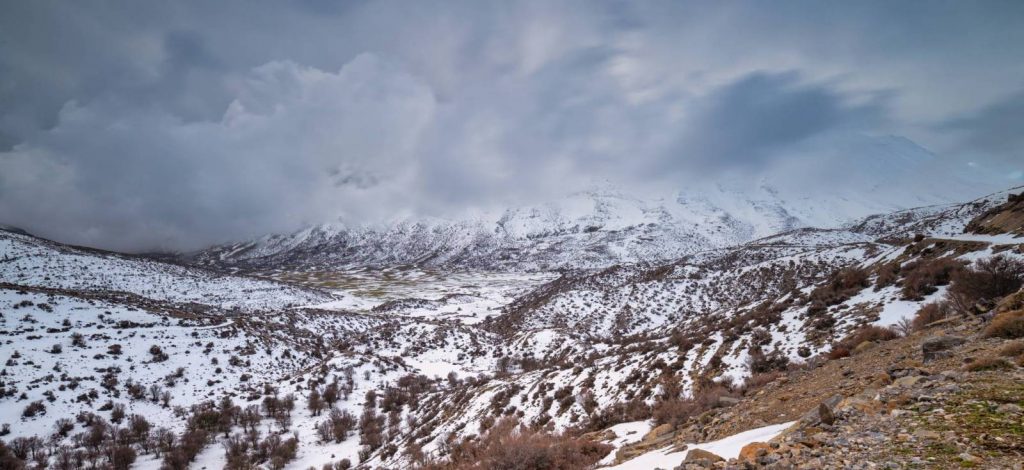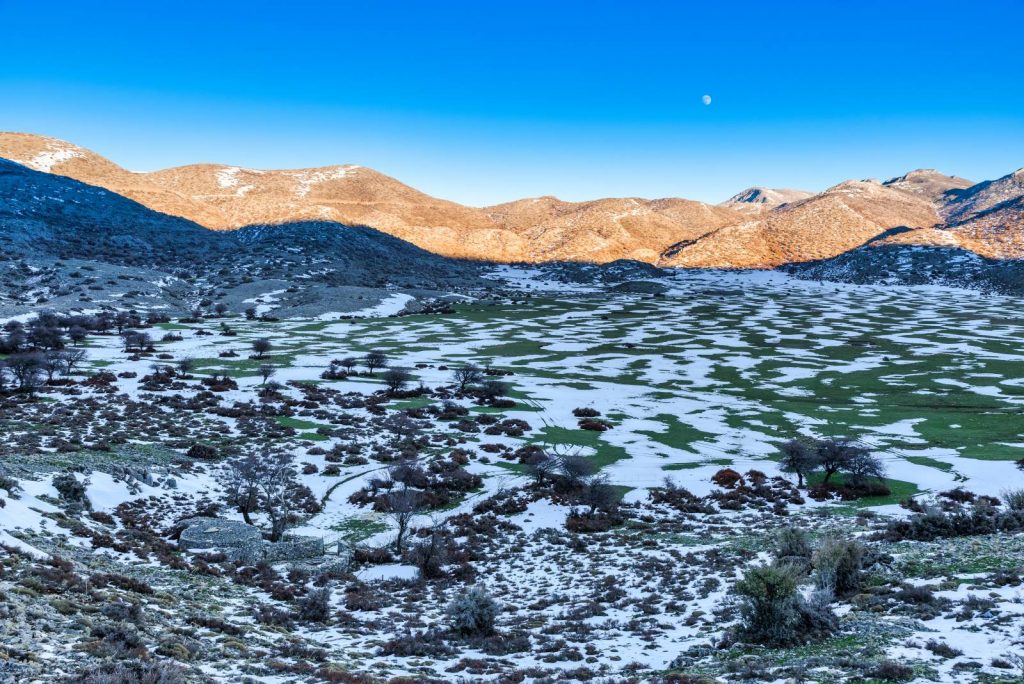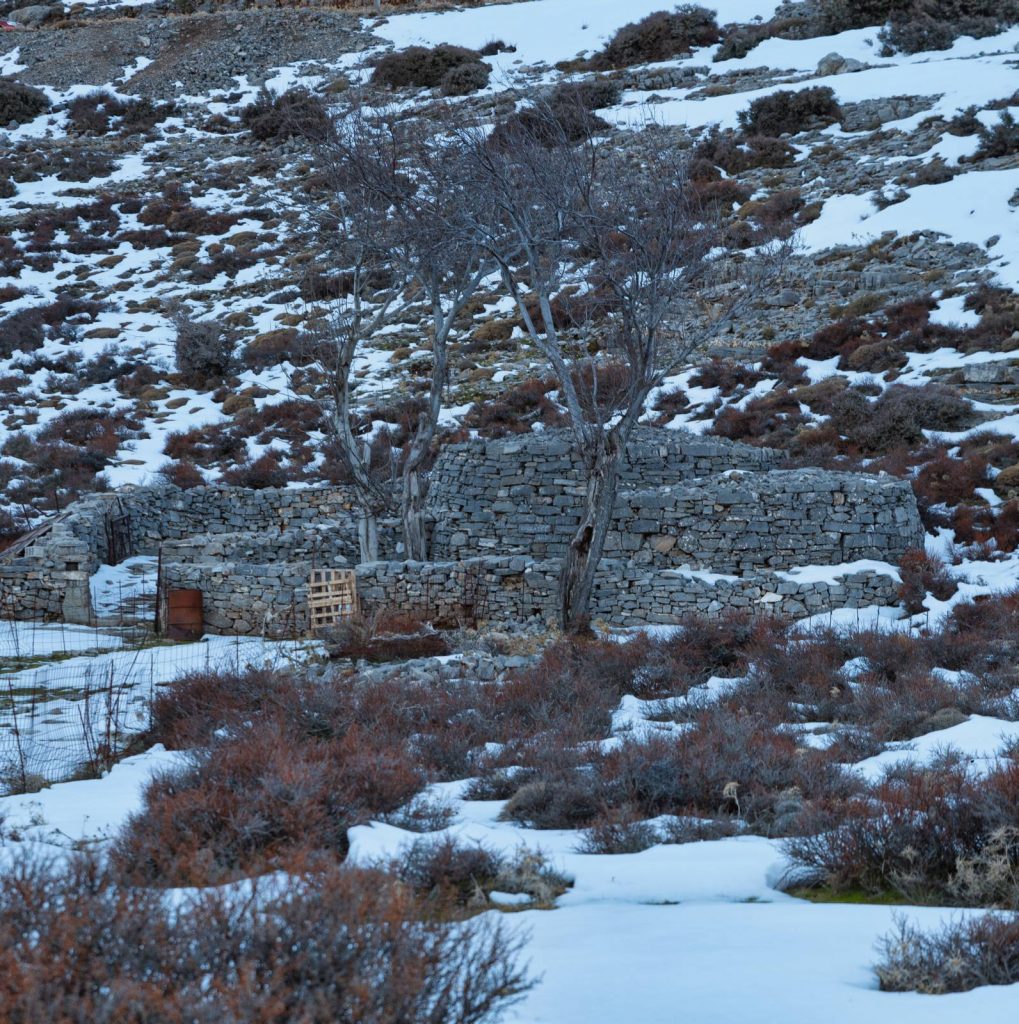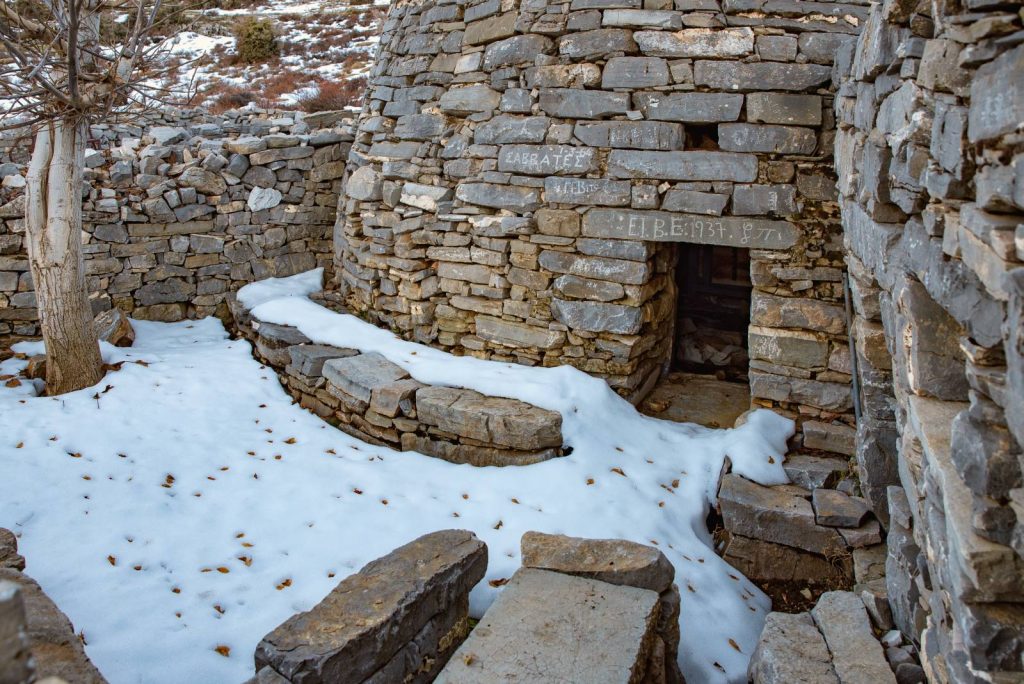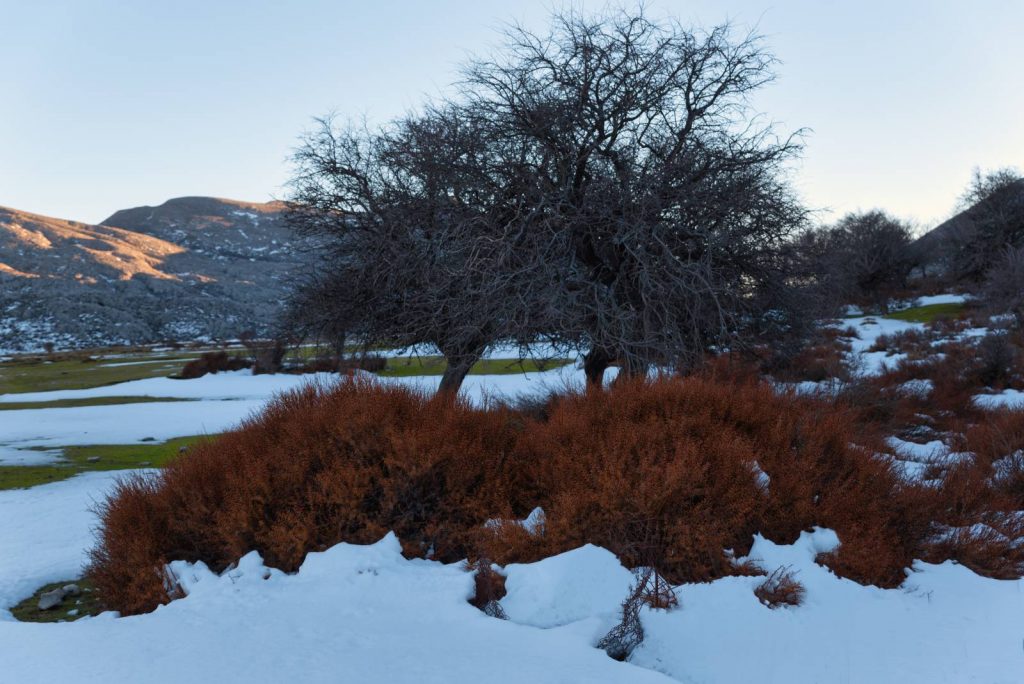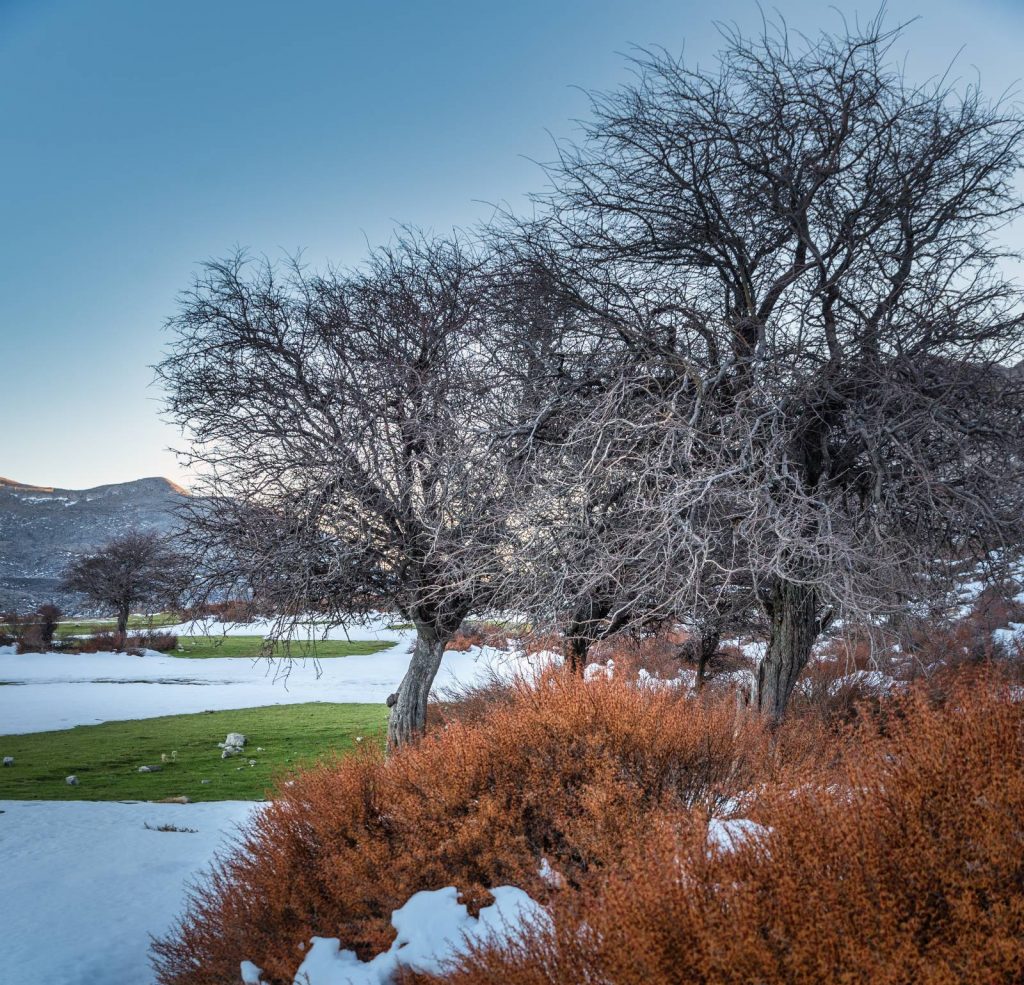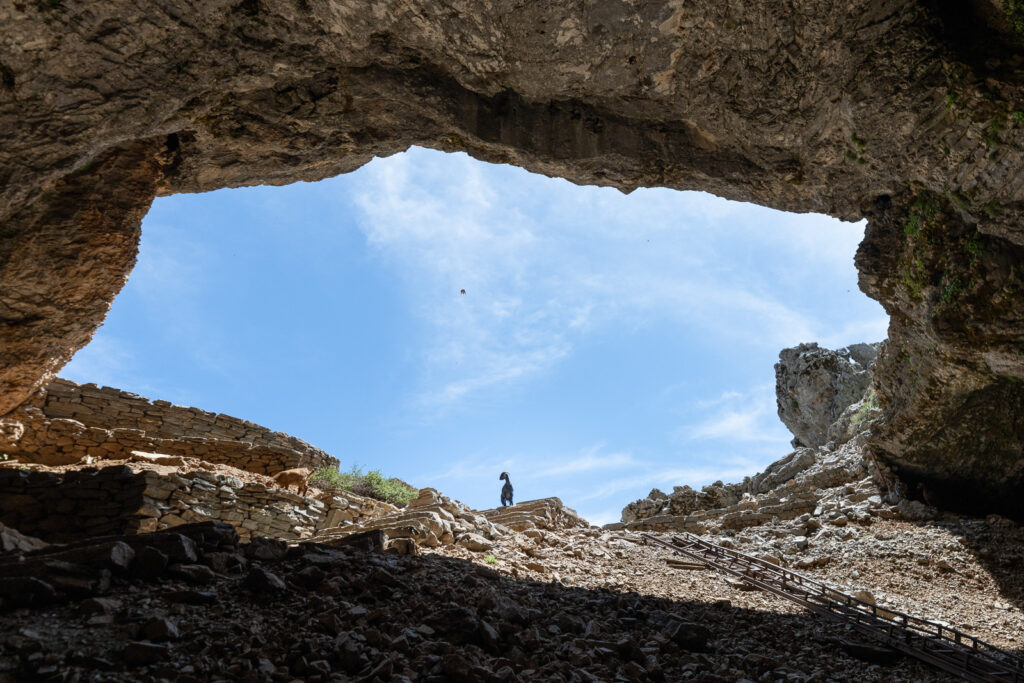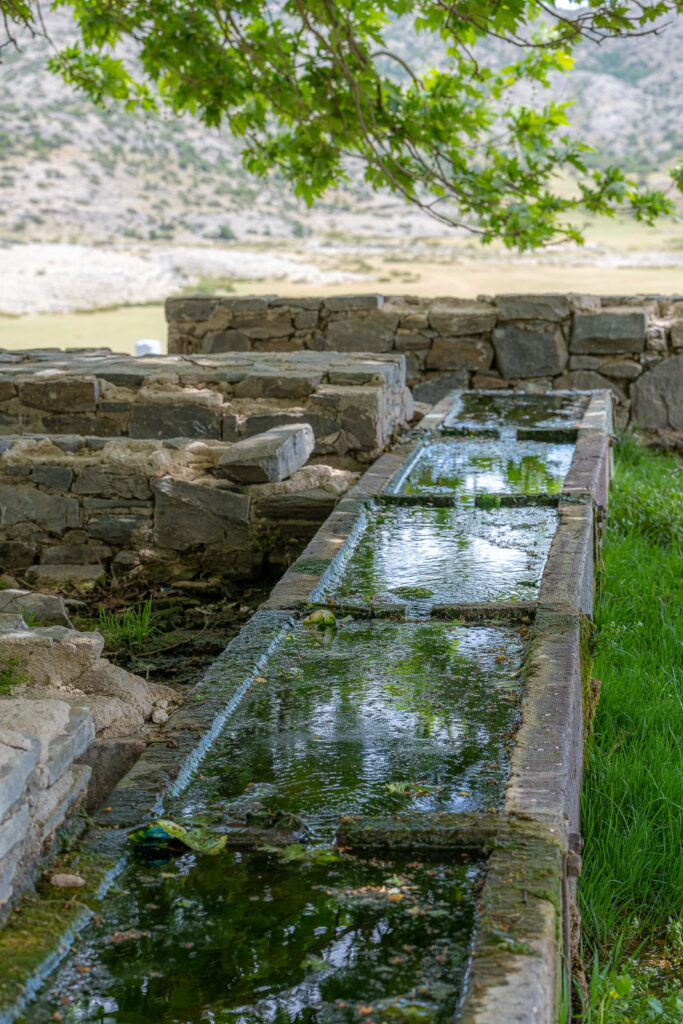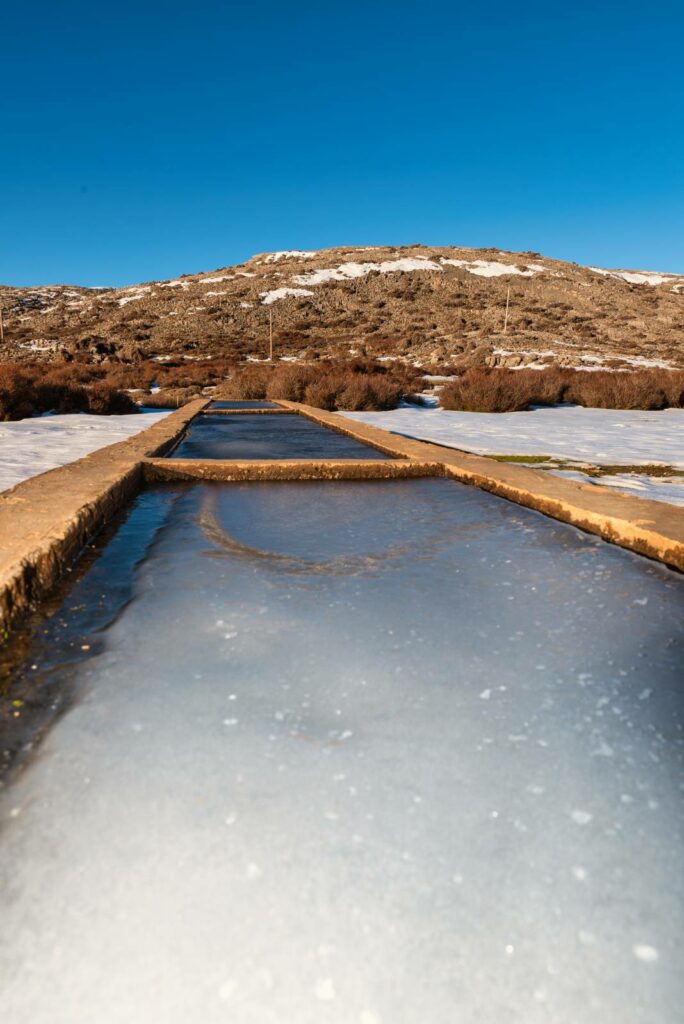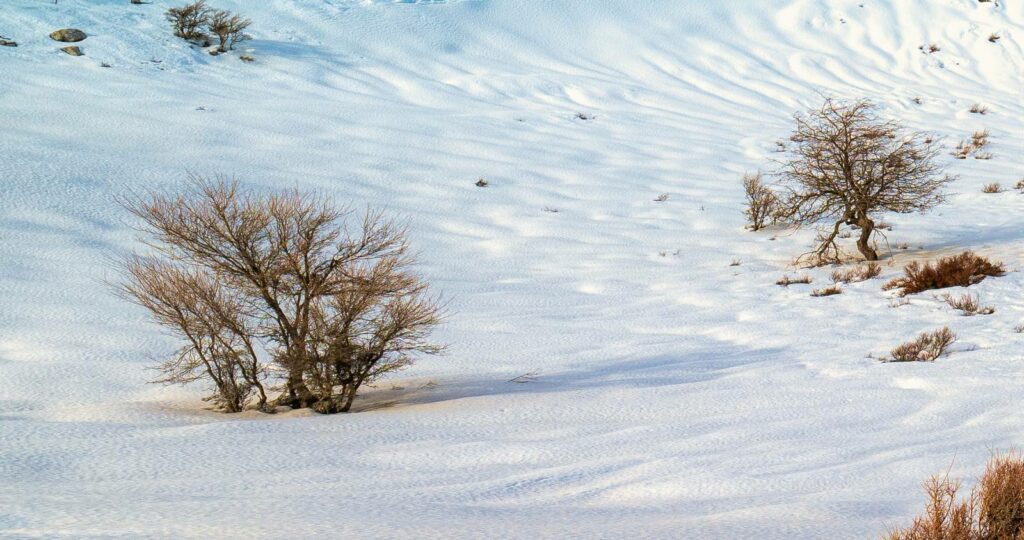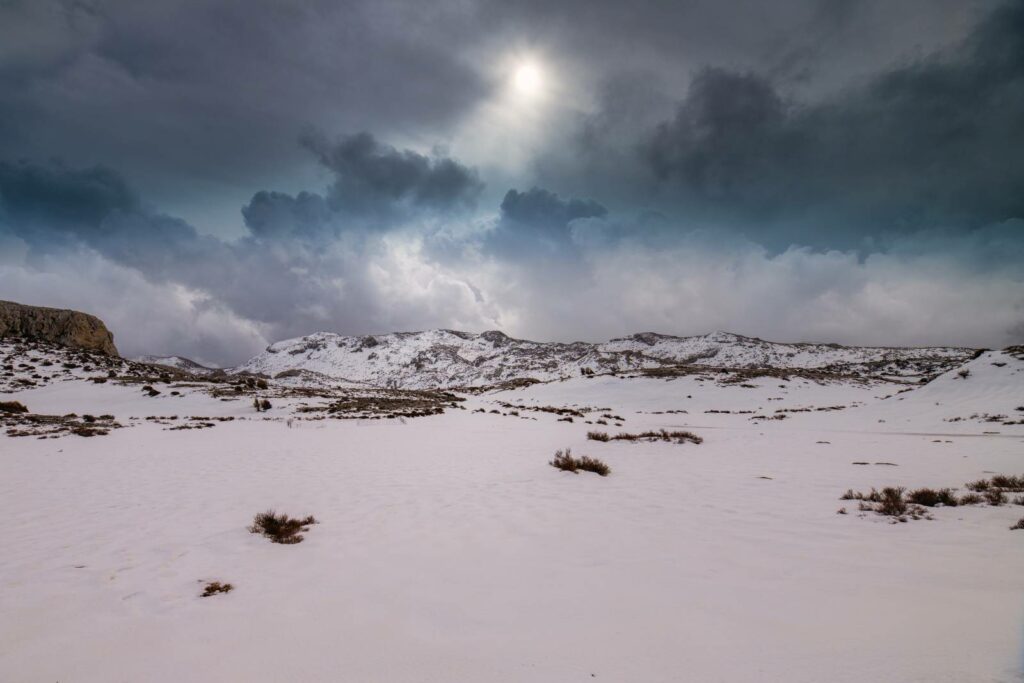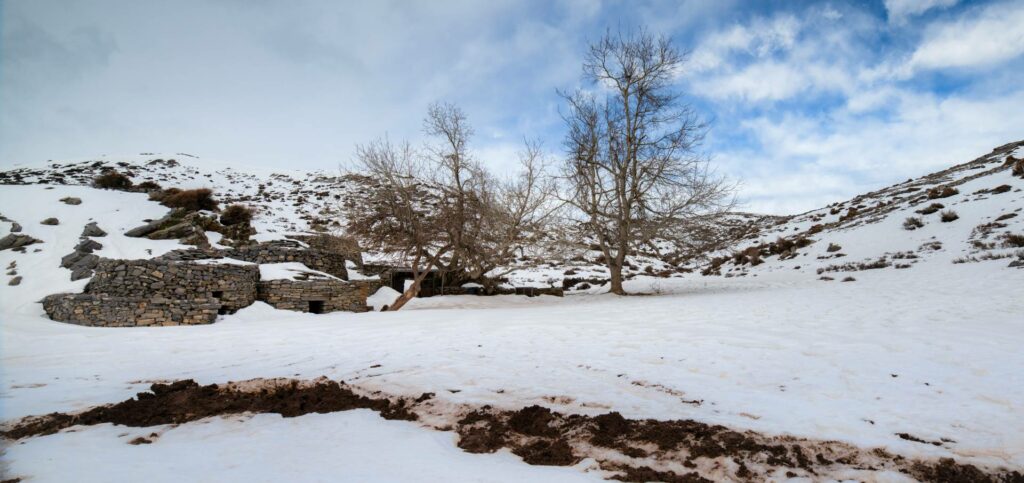Nida plateau
Nida plateau is one of the most important geotop of Psiloritis geopark and a reference point of Crete.
Introduction
Nida plateau is the most emblematic geotope of Psiloritis and a landmark for the island of Crete. It is the largest plateau of the mountain range and the highest in Crete. At its border, located on a natural balcony lies Idaean Cave the most important worship place on the island for thousands of years. The dry stone constructions of the shepherds, the renowned Mitata, are scattered all over its area entirely adapted to its environment. The plateau and its surrounding area are hosting many endemic and narrow endemic species of the Cretan flora as well as many endemic animals, with dominant ones the vultures and the breaded vultures.
The fault of Idaion
The whole western slope between the plateau and the central mountain range of Psiloritis was created by the fault of Idaion. The relatively recent rock fracture, which is visible as a small cliff at the base of the slope, lifted the mountain range and sank the plateau area. Thus, the entrance of the Idaean Cave, which is right on the rift, was revealed. Meanwhile, the surface water is directed inside the sink dissolving the surrounding rocks and is creating the plateau.
Red Slates
All the rocks of Psiloritis were created in the sea from solutions and animal skeletons that lived tens of million years ago. In some areas, among the platy limestones that dominate it, appear brown and red layers of silicide made from the shells of microorganisms that used to live in the depths of the sea and it is the reason the name Red Slates was given to that area.
The Cretan fault
On the southern and western ridges of the plateau, every visitor can see a nearly horizontal line under the dark rocks of the Mavri Korifi peak. This line is no other than the large Cretan detachment fault on which the dark rocks of the peak were moved for hundreds of kilometers to cover the platy limestones and form the mountains.
Polygonum idaeum
During spring the plateau is covered with a green carpet. This carpet is the endemic herbaceous plant of Crete, Polygonum idaeum that has taken its name from the mountain Ida, another name of Psiloritis. The plant is also called chrysochorto (gr.χρυσόχορτο) from the locals, meaning golden grass, that’s because the shepherds say that the teeth of the animals that eat the plant are stained with a golden hue.
Plan your visit
Before visiting Psiloritis check the interactive map for destinations and services.





